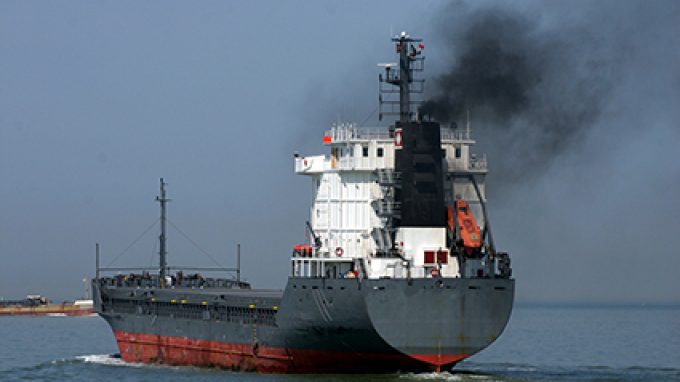CO2-storing fuel tank could usher in carbon-free shipping
As campaigners for ShipItZero protested at the San Pedro Bay port complex yesterday in a ...

Supply chain procurement platform Shipsta is to add a carbon footprint measure to its system.
This will allow shippers to measure their impact on climate change as new carbon capture and storage (CCS) systems boost the battle for green competitiveness in what is becoming a crowded field.
As ...
Comment on this article